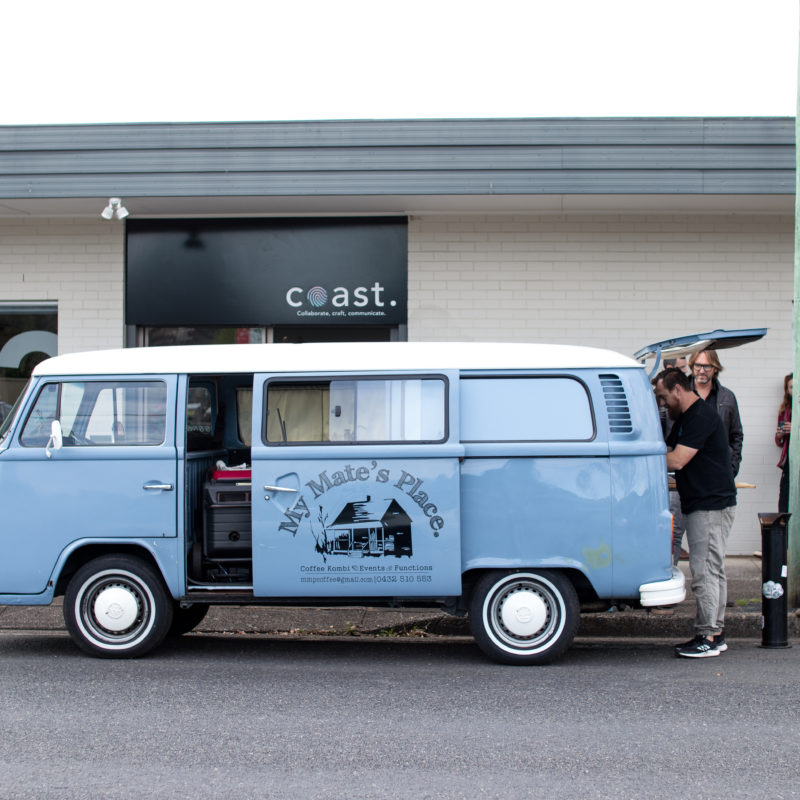Many of us are familiar with the branding process, which focuses on establishing a reputation or ‘gut feeling’ about a product, service or company. Jeff Bezos, the founder of Amazon.com, has said that “your brand is what other people say about you when you’re not in the room”, which is why there is so much more to branding than just a logo! As marketers, this process is essential, as it also enables a brand to establish a unique presence in the market, attracting and retaining an audience that can resonate with all that the brand represents.
So you’ve done the hard work to establish a thorough strategy for your brand, but after recently pivoting like a parrot on a pole (a.k.a many businesses owners in 2020!) your brand is likely offering more or less of what it once was. Unfortunately, with all of this change, the market you play in may now not be clear on what your business currently offers.
It appears the house that is your brand is possibly tired and will need a bit of a redesign. But where on Earth do you start?
Brand architecture is a logical, strategic and relational structure for all brands in your portfolio of products or services. It works by establishing a hierarchy within a brand and its sub-brands, ensuring clarity, synergy and leverage across your portfolio.
Call in the architects.
When architects reimagine an older home for its new inhabitants, they will consider the lifestyle of all future occupants of the house and create spaces that not only represent the whole family but the individuals that will live there. Similarly, when a brand evolves, there is a strong need to articulate the individual offerings and organise them into a family or house, that represents the makeup of the brand. We refer to this as brand architecture.
Clear brand architecture should help audiences within your market recognise who you are, what you do and why you’re doing it. Aside from improving overall awareness, this helps your audiences navigate between your core offerings and will benefit both the customer and members of the organisation, business or brand itself.
Building from the ground up
When building your brand architecture, it is vital to get the foundations and structure right. Depending on your goals or objectives, there are three main foundations for brand architecture and need deciding upon before embarking on a revamp of your visual identity. These are the Branded House, the House of Brands, and the Hybrid House.
Branded House: this is where all sub-brands reference the identity of the master brand and would usually only differ in their descriptive offering. Imagine the Google logo (master brand) and then next to it, add text that says ‘maps’ or ‘translate’ etc.
House of Brands: these generally are made up of various brands where each brand operates independently from both a financial and customer-facing point of view in terms of brand identity and marketing. Examples of this may be where one company owns multiple brands or businesses, each operating independently.
Hybrid House: as the name suggests, this is a combination of the two previous types where strategically, it enjoys advantages of both. The disadvantage is that sometimes it may require a higher level of brand management and resource input. We see this with Coca-Cola and its sub-brands such as Sprite, Fanta etc.
Our top tips to ensure your plans get a seal of approval
Think you’ve got your foundations sorted? Well, now it is time to put it to the test. Regardless of whichever brand architecture strategy you decide on, effective brand architecture should call on one of the following core principles:
Customer-focussed: external-facing to help customers understand your offerings and facilitate their decision-making. It is about how products & services present and based on their habits and behaviors. We would suggest checking-in with your ambassadors to ensure that they can speak to this; ensuring relevance and clarity.
Future-oriented: any strong brand structure should allow for the progression of its vision, mission and values. It should take into account the future development and growth of the organisation. Ensure you have in mind future expansion & development, and explore all possible scenarios when developing the framework to ensure your structure is both robust and adaptable.
Dynamic: as shown in the Google example, structures that allow for seamless add-ons accommodate likely evolution within your business and fluctuations in market conditions. What you offer today may not be what you offer tomorrow.
When a brand renovates its house
Coast was delighted to reconnect with long-time client Thinkabout Content, who contacted Coast to help them expand their brand in line with additional services which were to act like sub-brands. For Thinkabout Content, it was also essential that this process future-proofed its business by remaining relevant and flexible.
With all of this change, we suggested creating a system for a brand architecture where newly formed sub-brands could not only stand-alone but would also align with the values of a master brand that could house and pull together all offerings.
With new sub-brands now introduced into the mix, the relationship with the parent brand needed to be well-defined. As part of this moment, Coast suggested a ‘Branded House’ approach to brand architecture to make sense of everything.
Forming a new master brand using just the word ‘Thinkabout’, Coast allowed the brand to simplify itself so that independent sub-brands can be introduced (such as Thinkabout Content and Thinkabout Games!)
What followed was an interactive and creative experience to express a new visual identity and guidelines for the new Thinkabout branded house. To read more about this and to see how we executed this, please check out the Thinkabout portfolio page here.
Call in the brand experts!
Coast is passionate about collaborating with growing brands who need guidance and structure as they expand. We also love helping new brands establish themselves from scratch with a creative mix of strategy and visual design, such as a beautiful, professionally designed logo complete with brand usage guidelines. Come and make some magic with us today.



